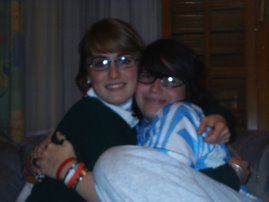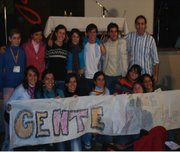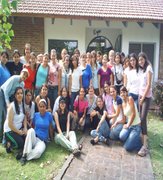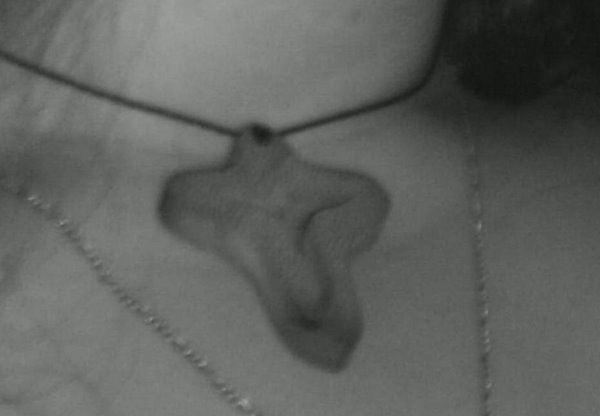 First of all we should go deeper into this scientific discovery in order to make up a strong and clear opinion towards it. It is a complex and quite controversy subject that nowadays has become an issue not only for the governmental institutions and scientists but also for us, the ordinary people.
First of all we should go deeper into this scientific discovery in order to make up a strong and clear opinion towards it. It is a complex and quite controversy subject that nowadays has become an issue not only for the governmental institutions and scientists but also for us, the ordinary people.Embryonic stem cells (ES cells) are stem cells (primal cells found in all multi-cellular organisms that retain the ability to renew themselves through mitotic cell division and can differentiate into a diverse range of specialized cell types) derived from the inner cell mass of an early stage embryo known as a blastocyst. Human embryos reach the blastocyst stage 4-5 days post fertilization, at which time they consist of 50-150 cells.
In addition, ES cells are pluripotent (they are able to differentiate into all derivatives of the three primary germ layers)
ES cells maintain pluripotency through multiple cell divisions. The presence of pluripotent adult stem cells remains a subject of scientific debate - Another point to have in mind is that because of their plasticity and potentially unlimited capacity for self-renewal, ES cell therapies have been proposed for regenerative medicine and tissue replacement after injury or disease.
To date, no approved medical treatments have been derived from embryonic stem cell research (ESCR). This is not unusual for a new medical research field; in this case, the first human embryonic stem cell line was only reported in 1998.
As I said before stem cell research is a controversy issue - We are in the presence of two antagonistic group of people, each of them with strong and decisive arguments about embryonic stem cells. This is largely due to techniques used in the creation and usage of human embryonic stem cells. Human embryonic stem cell research is particularly controversial because, with the present state of biotechnology, most techniques used to create embryonic stem cell lines require the destruction of human embryostherapeutic cloning.
One one hand, , medical researchers in the field argue that it is necessary to pursue embryonic stem cell research because the resultant technologies are expected to have significant medical potential, and that the embryos used for research are only those slated for destruction anyway.
On the other hand, the opponents opinion towards this research can be summed up by the fact that, once an egg is fertilized, unless inhibited, it will develop into a fully-developed adult. This is often related to religious doctrines which assert that conception marks the beginning of human life or the presence of a soul. Based upon this reasoning, the subsequent argument against embryonic stem cell research is that human life is inherently valuable and cannot be involuntarily destroyed to save another.
The radio program we heard in class was about what I have said before. This program not only mentioned what was this discovery about but also presented to the listeners the advantages and disadvantages of stem cells.

Stem cell can replace any type of cell of the human organism and consequently they would be the cure for many mortal diseases. In this sense, even paralyzed people would be able to walk again thanks to the replacement of the damage cell by embryonic stem cells. Scientists say that diabetes, heart disease and others would be cured too.
Despite of the different opinions among the U.S government and the ordinary people, the truth is that a more technological laboratory is being built in San Francisco State in order to carry on with the investigations.
As far as I am concerned, this brand new discovery is an important advance in health treatments and scientific research; but it is also a threat to human rights. In this way, we must have presented that although we are helping many sick people to find a cure for their permanent and painful diseases, we are killing another human beings. In my opinion, from the instant that an ovule is fertilized by a spermatozoon life has already started.
Every single person, even those that has not born yet, has the right of living and growing up - But also, those people who suffer from diabetes, heat disease or other that would be treated with stem cells have the right of living a healthy and harmonious life. So, scientists should find a treatment that would save these lives from suffering but without threating any other born or unborn person.























1 comment:
I see you have done your research on this issue. Good for you! Insightful comment, Piru.
Post a Comment